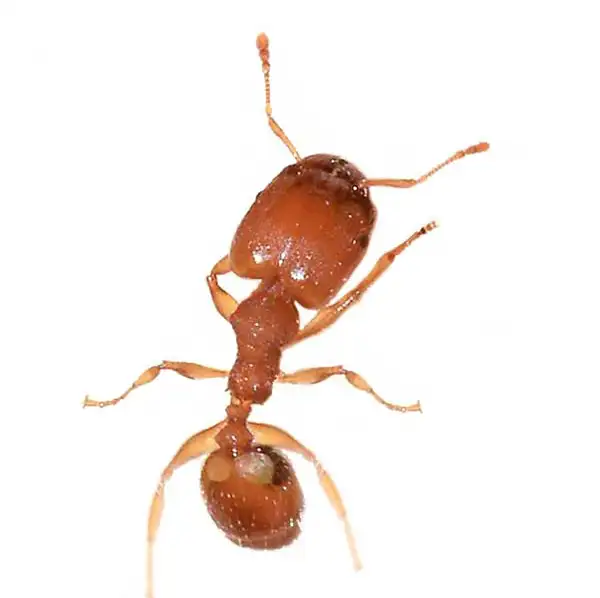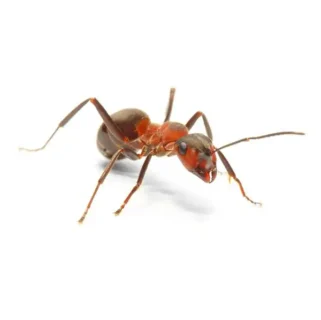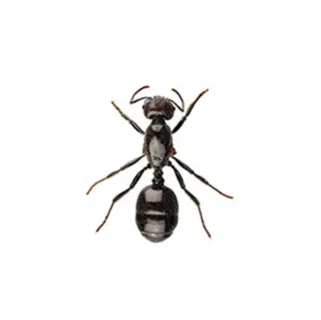Bigheaded Ants in Virginia
Bigheaded ants are named for their worker’s heart-shaped, oversized heads. Recognized as one of the most invasive ant species, they reproduce year-round, making them tough to control. They build expansive nests in the sand across lawns and landscapes, moving soil through crevices in driveways, patios, and pavers near homes. Often found near foundations, they create mud tubes that can be confused with termite activity. Colonies can grow extremely large, with extensive nests and multiple queens.
Bigheaded Ant Habitat
Bigheaded ants are primarily soil-nesting ants, feeding on small insects and honeydew in the landscape. They commonly build nests near foundations, moving quickly and forming large colonies in disturbed areas like driveways and lawns. These ants may also nest in leaf litter, firewood, fences, and walls. Infestations usually start outdoors or beneath slab foundations, with potted plants serving as a frequent nesting site that can lead to indoor infestations. Bigheaded ants are also known for their ability to relocate nests when disturbed, making it harder to control an infestation. Their colonies can grow rapidly due to their year-round reproduction, often leading to significant numbers of ants invading homes and businesses.
Bigheaded Ant Behaviors, Threats, or Dangers
Bigheaded ants are not typically aggressive and only bite when disturbed, with their bites being painless. These nuisance pests frustrate homeowners by creating dirt and sand piles while foraging in areas like bathrooms, kitchens, and around doors, windows, walkways, and driveways. Infestations are often found near buildings, ornamental plants, and sidewalks, with commercial building residents reporting hundreds of live and dead ants. Complete eradication is challenging, as it requires treating the entire super colony.
Should you suspect a bigheaded ant infestation, contacting a professional ant exterminator is the best course of action.





